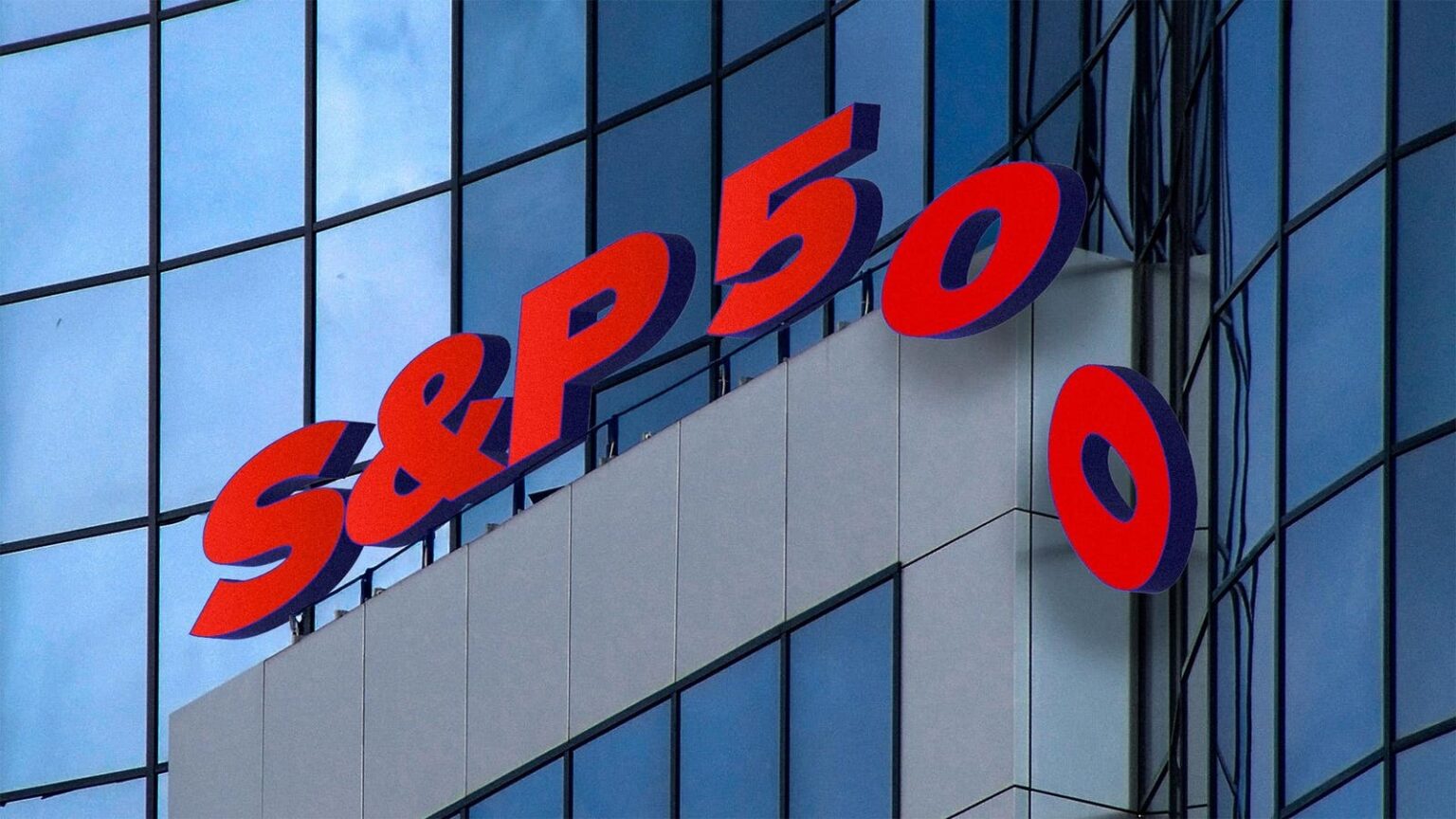If the magnificent stocks at the top of the S&P 500 make you nervous, rearrange your portfolio.
Indexitis: The nagging fear that too much of your net worth is invested in the S&P 500, and too much of that is invested in five exuberantly priced stocks.
The affliction is becoming more common. The popular index has 28% of its value in Nvidia, Microsoft, Apple, Amazon and Meta Platforms (i.e., Facebook). This is twice the top-five concentration level the index has had historically.
Herewith are five cures for indexitis, ranging from a modest tweak to your choice of stock index fund to a dramatic move into one very interesting bond.
Index investing is not necessarily a bad idea, and the market is not necessarily acting irrationally in putting high price tags on fast-growing tech firms. It is a tribute to the success of passive investing, to the investment company founded by the late John Bogle and to the popularity of artificial intelligence chips that we have a fund with a $107 billion holding in one stock. That’s the Vanguard S&P 500 fund’s position in Nvidia.
But history tells us that mighty fortresses crumble. Forty years ago, the top three U.S. companies in market value were IBM, Exxon and General Electric. Their locations in today’s 500 are at positions 34, 14 and 26.
Here are five ways to take a step back from the S&P 500. Important assumption: You’re rebalancing inside a tax-deferred account. In a taxable account with unrealized gains, the smart thing to do is nothing.
Method 1: Go total market
Replace your S&P 500 index fund with a fund that owns the whole U.S. stock market. Customers of Fidelity Investments have access to the best deal, its Zero Total Stock Market fund, with a 0% expense ratio. Ticker: FZROX.
Without a Fidelity account you’re better off in an exchange-traded fund; these can be held at any brokerage. Vanguard, Schwab and BlackRock (iShares) all have total market ETFs priced at 0.03% per year, meaning you pay $3 a year per $10,000 invested. Tickers, respectively: VTI, SCHB and ITOT.
The total market funds have roughly 80% of their assets in the S&P 500. All you are accomplishing with this switch is adding a small allocation to smaller companies. The Fidelity fund has 2,100 of these small stocks, the Vanguard fund 3,000.
You can find these alternative index funds in the domestic stock chapter of the Forbes Fund Finder.
Method 2: Go international
In lieu of a U.S.-only stock portfolio, you could have one that blends U.S. and foreign stocks. Obvious choice: the Vanguard Total World Stock ETF (VT, expense 0.06%). This fund has two-thirds of its money in North America, the rest abroad.
VT’s portfolio of 9,980 stocks starts out looking like the S&P 500, with Nvidia at the top, but as you scroll down you’ll see names like Taiwan Semiconductor and Tencent Holdings.
Method 3: Go foreign
Instead of accepting Vanguard’s 34% allocation to stocks on other continents, you could set your own percentage by moving some money to a purely foreign portfolio.
There are several good ETFs to pick from. Cheapest: SPDR Portfolio Developed World ex-U.S. (SPDW, 0.03%). It has 2,350 stocks, starting with ASML, which makes the machines that Taiwan Semiconductor uses to make chips for Nvidia.
Method 4: Go small
There are several low-cost ETFs that hold only small-capitalization stocks, or only small- and mid-cap. Cheapest: SPDR Portfolio S&P 600 Small Cap (SPSM, 0.03%). Its largest position is in Mr. Cooper Group, a fast-moving mortgage lender.
Method 5: Buy a bond
Over the past five years, as the S&P 500 has almost doubled, one thing has gotten cheaper: a long-term inflation-protected bond. With a bond, “cheap” is synonymous with “high-yielding.”
In August 2020, a 20-year Treasury Inflation-Protected Security (TIPS) was yielding -0.6%, which is to say, the government was charging you money for letting you lend to it. Now the yield is 2.5%, a huge 3.1-point swing in your favor. That’s a real yield, not to be compared with the nominal yield you see on a bank account or corporate bond.
There are very good TIPS ETFs on the market but they tend to have short-term bonds. For a concentrated bet (and for a better real yield), go long.
If you have at least $100,000 to invest, buy a TIPS in the secondary market. One that I like (because the bid/ask spread was narrow) is the 0.875% due in February 2047. At Fidelity it was recently quoted at 71.968 bid, 72.093 ask. These market prices must be multiplied by an inflation factor, and the bottom line on a ticket for 100 bonds (that is, $100,000 of par value when issued) would have been $96,470.
These numbers are bit confusing, so here’s what counts. The real yield to maturity came to 2.57% for a buyer. The yield spread was 1 basis point (one-hundredth of a percentage point). If we presume that the true value is midway between bid and ask, you are in effect coughing up half a basis point of annual return to the middleman. That’s a better deal than the 3 basis points you pay to own an ETF, at least if you hold the bond to maturity.
Long Treasury bonds are risky, because real rates could go still higher (making the bond’s value go down), and because the Treasury might default. But bonds are a lot less risky than today’s tippy toppy S&P 500.
More from Forbes
Read the full article here


